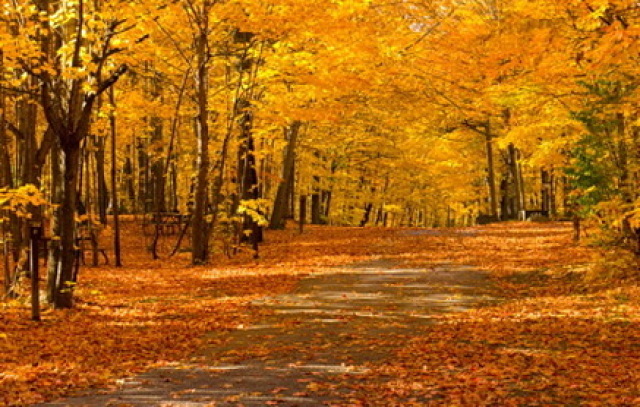In regions of the world where it's not extremely hot or cold , the forests are full of trees with wide, thin leaves. These leaves absorb sunlight during the summer. But when the days start getting shorter in the fall, the leaves become dry, change color, and eventually drop off the trees. Trees that drop their leaves in autumn are called deciduous trees. Oaks, elms, ash, and beeches are a few of the deciduous trees that can grow in temperate forests.
Some temperate forests have trees with needles rather than leaves. Trees that have needles and cones, like pine cones, are called conifers. A forest with mostly conifers is called a coniferous forest. Because they stay green all year long, conifers are also called evergreens. Pines, firs, and spruce trees are conifers—and so are Christmas trees! A forest with both deciduous trees and conifers is called a mixed forest.
It’s warm in the summer, but it gets cool in the fall, and cold in the winter. Most temperate forests don’t get as much rainfall as tropical rainforests, but they do get enough rain. Temperate forests are found in eastern North America, northeastern Asia, and central and western Europe.

